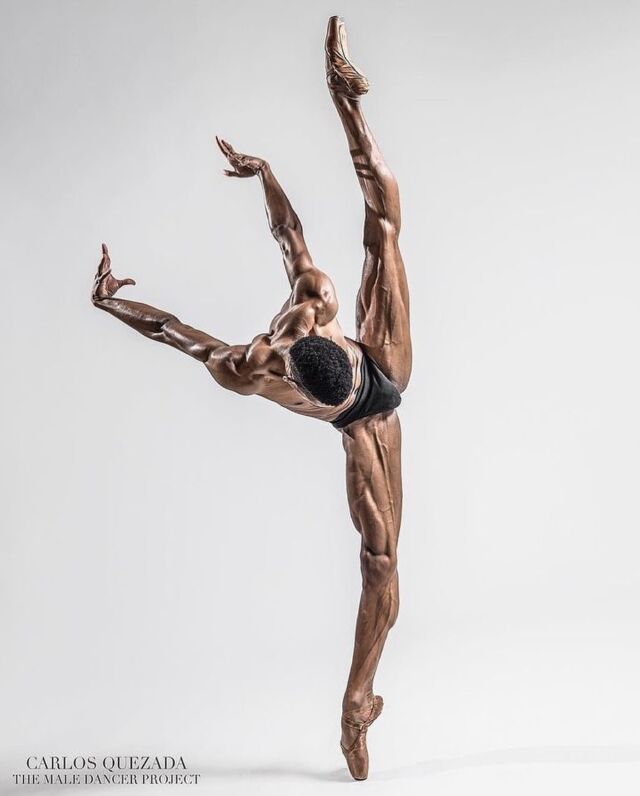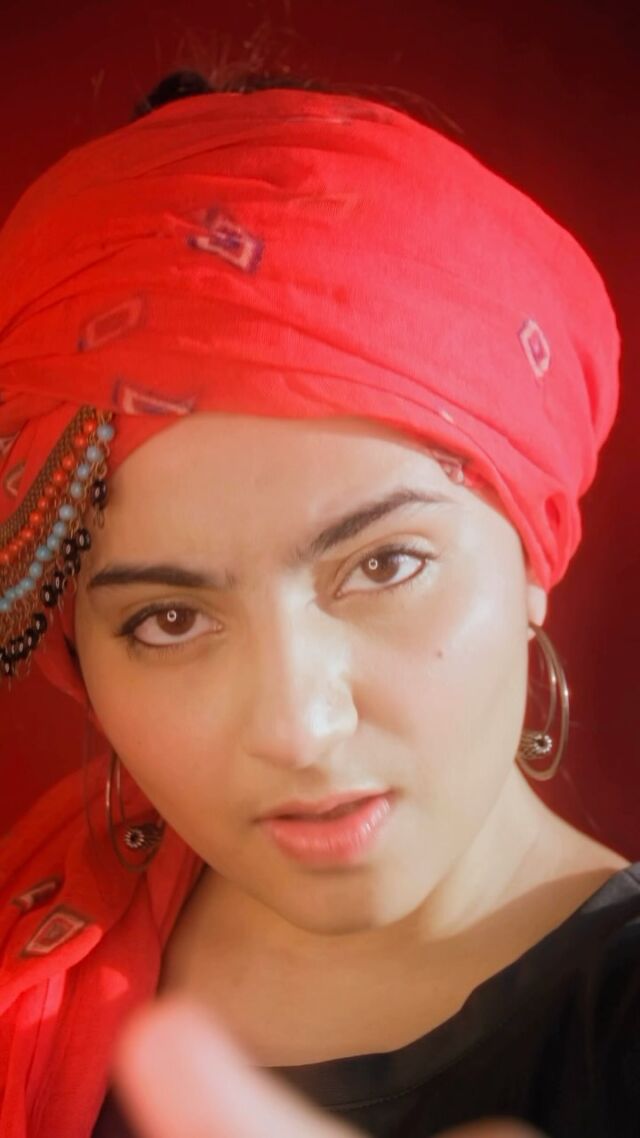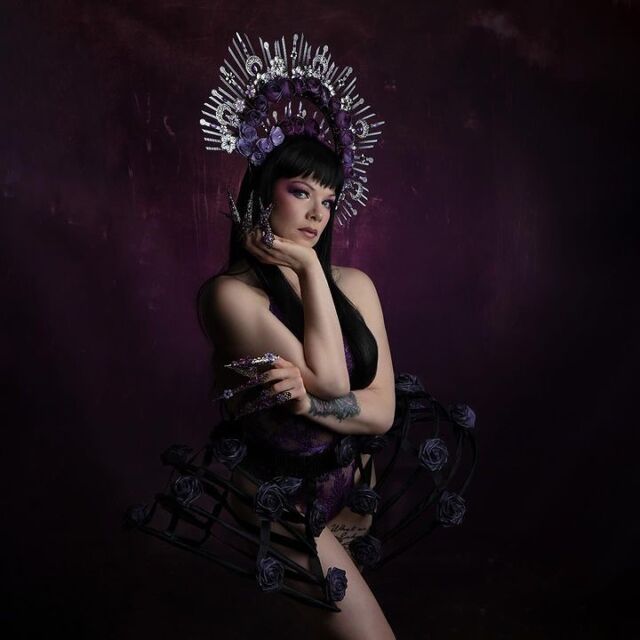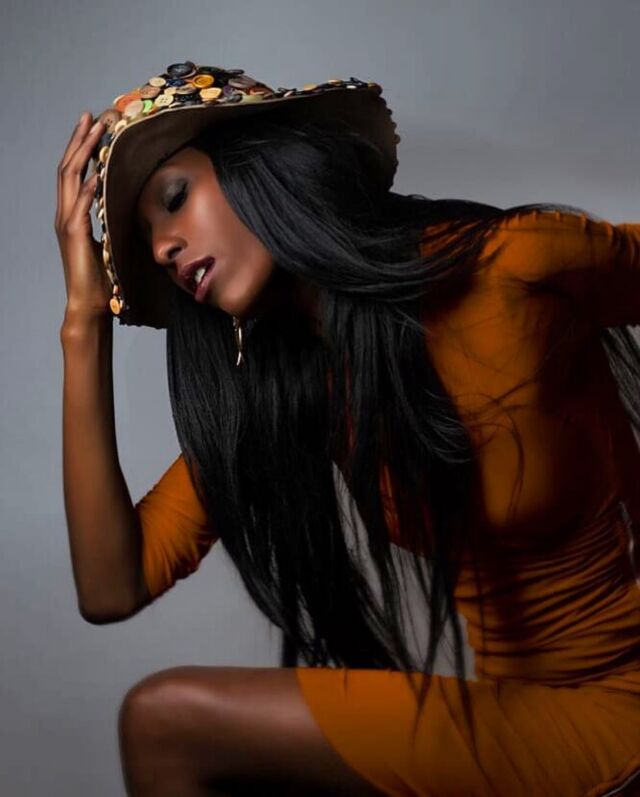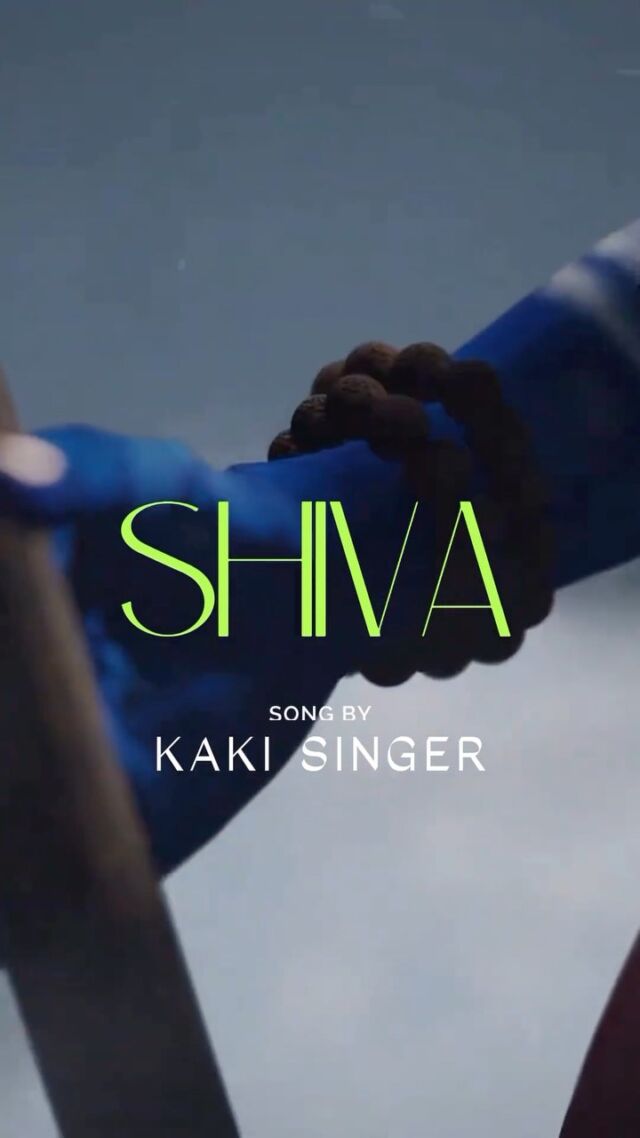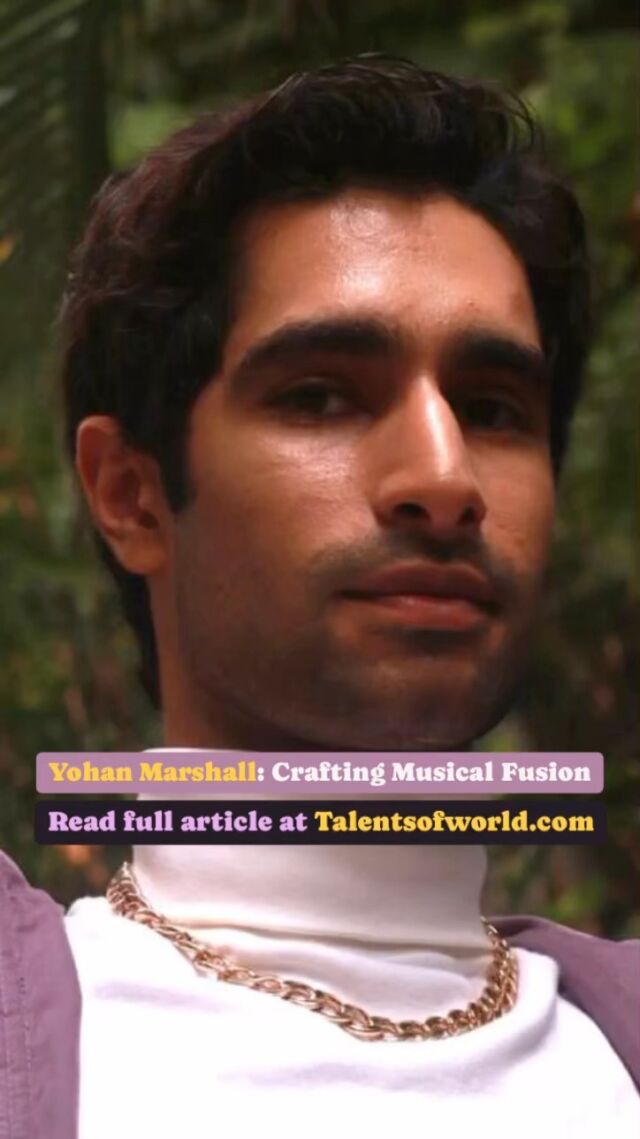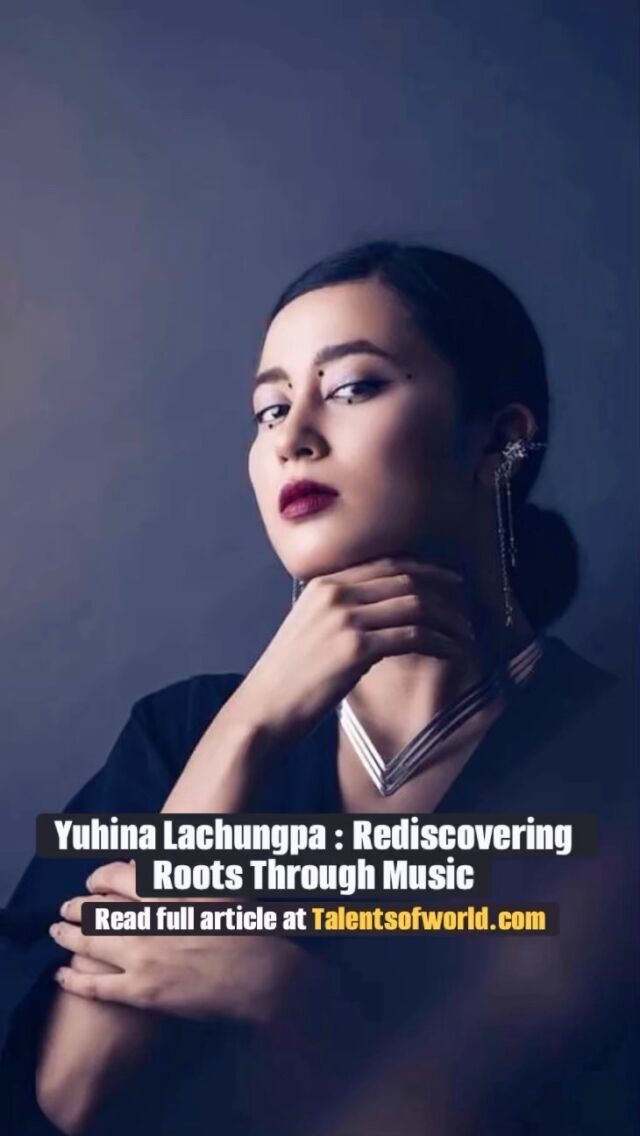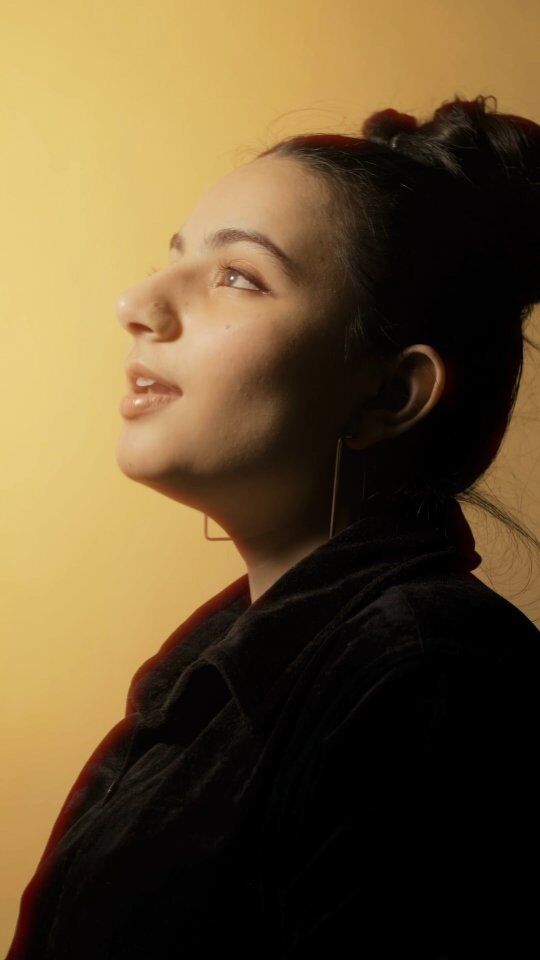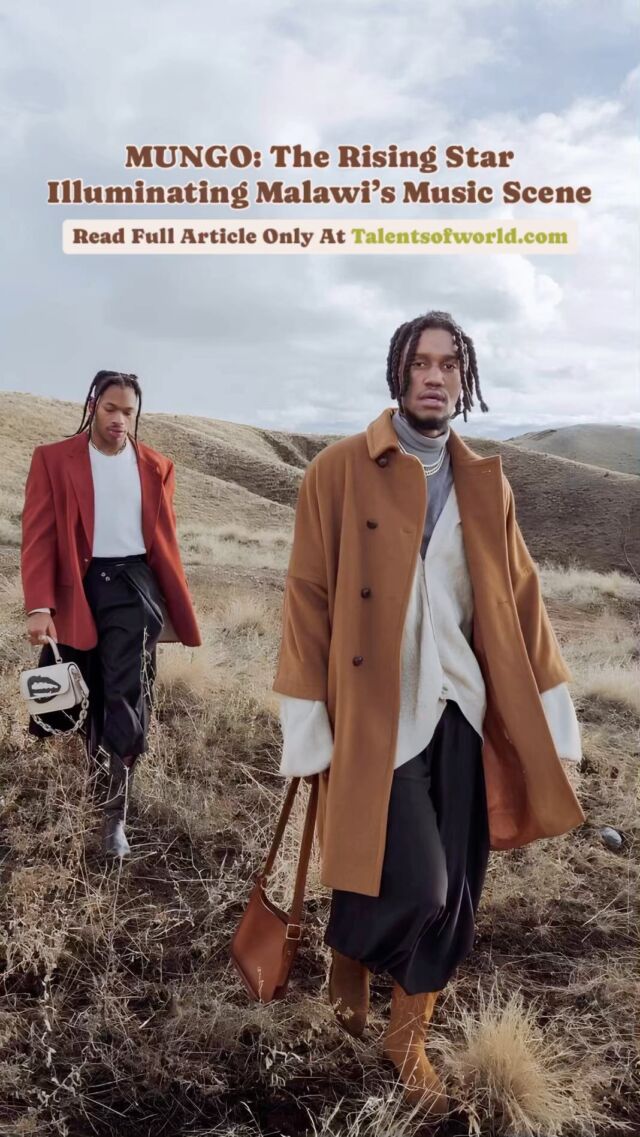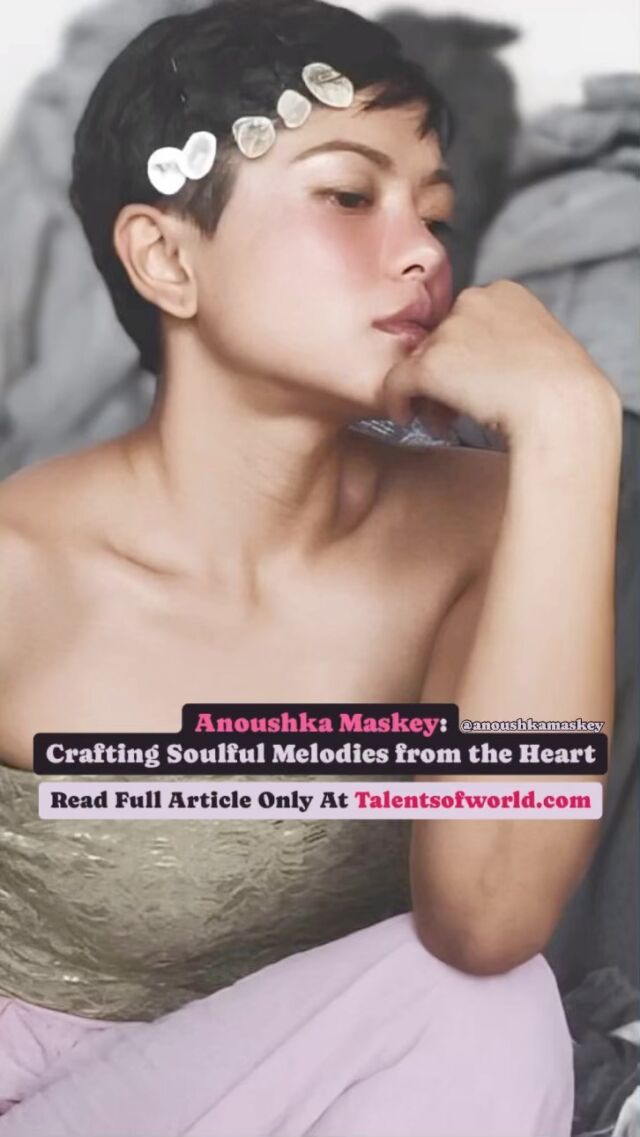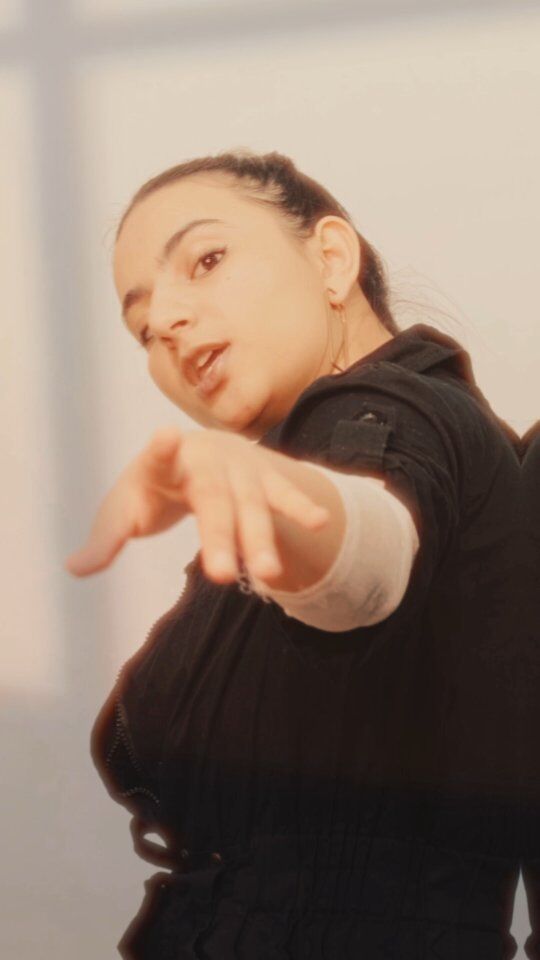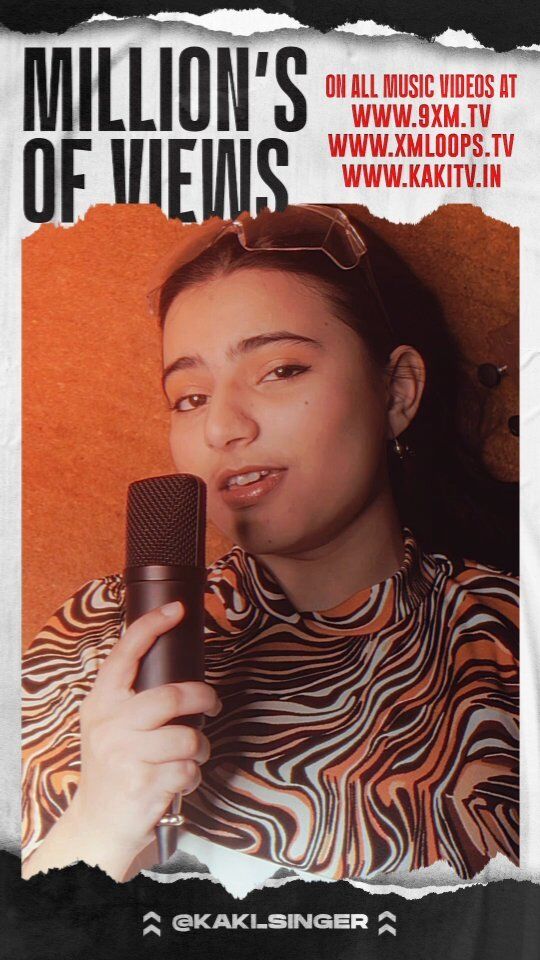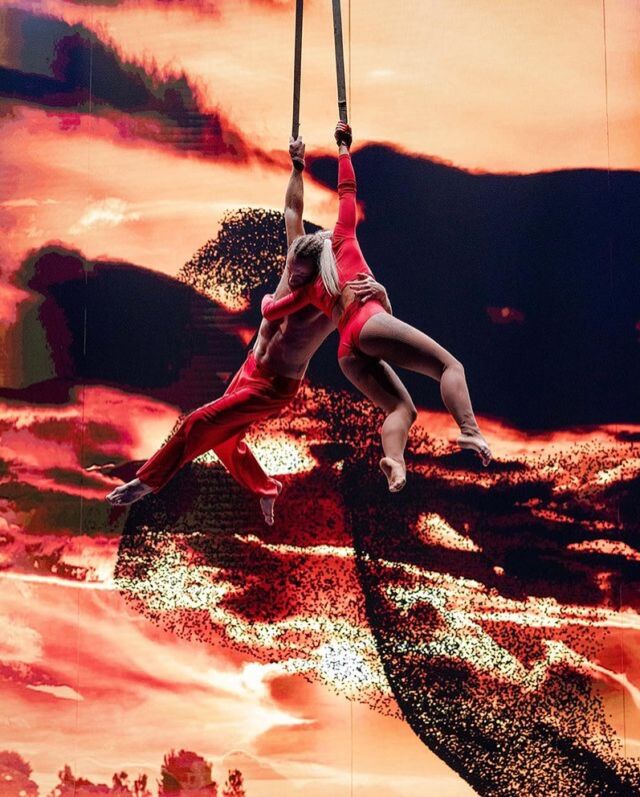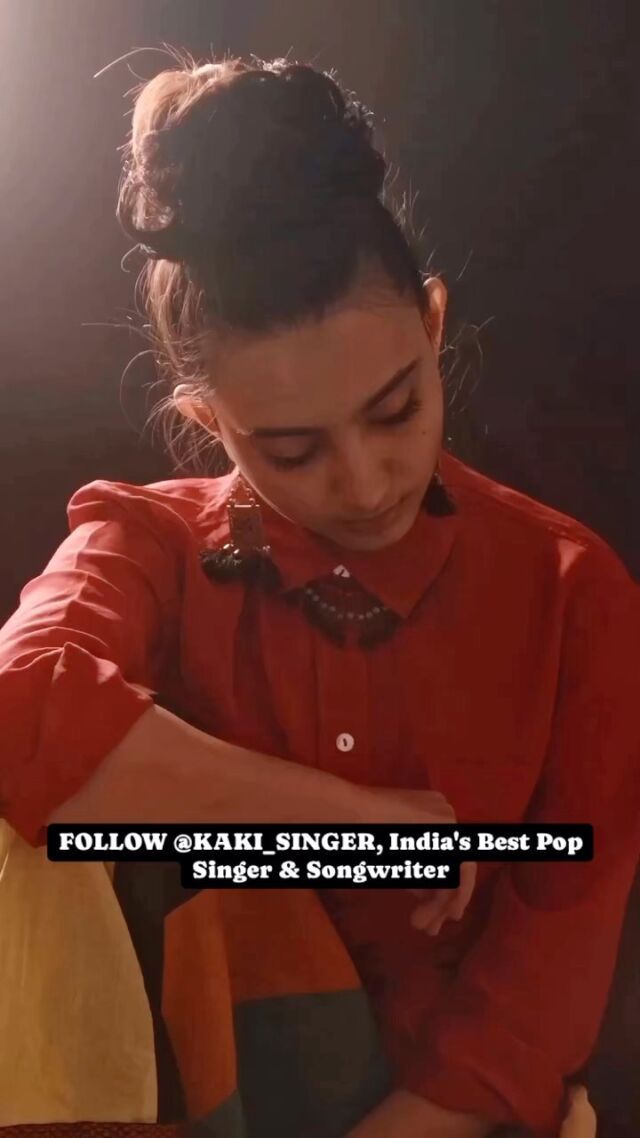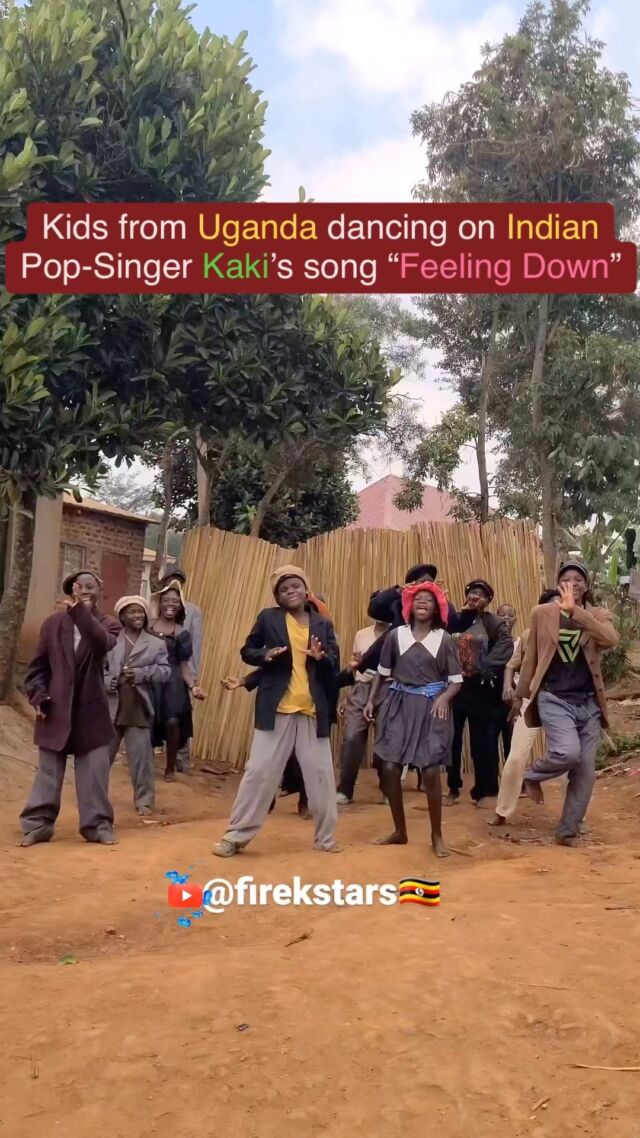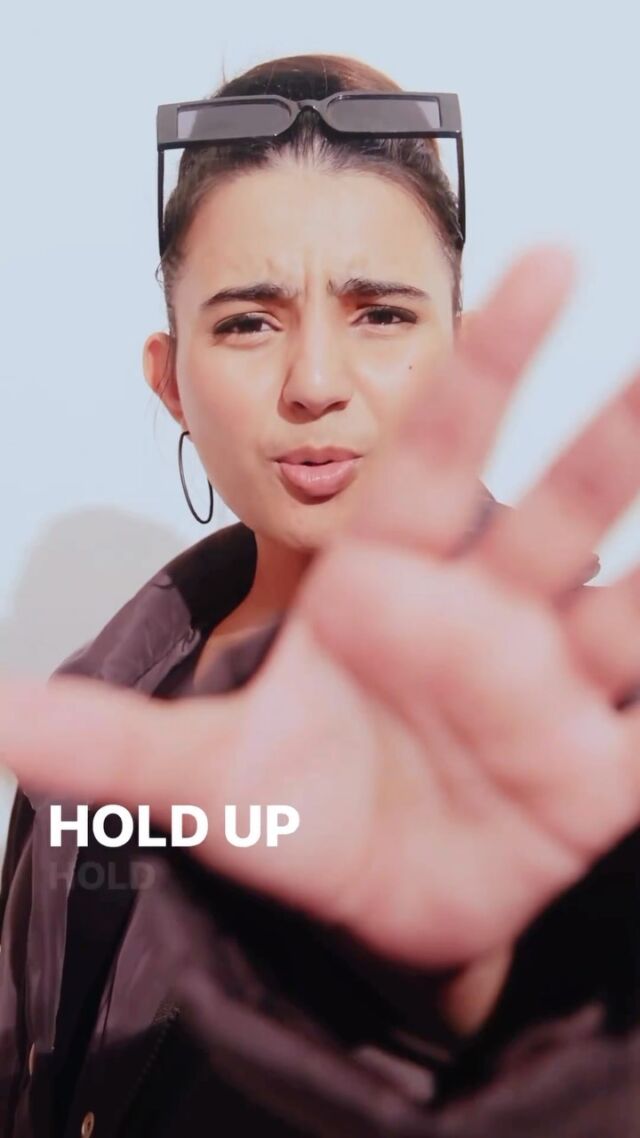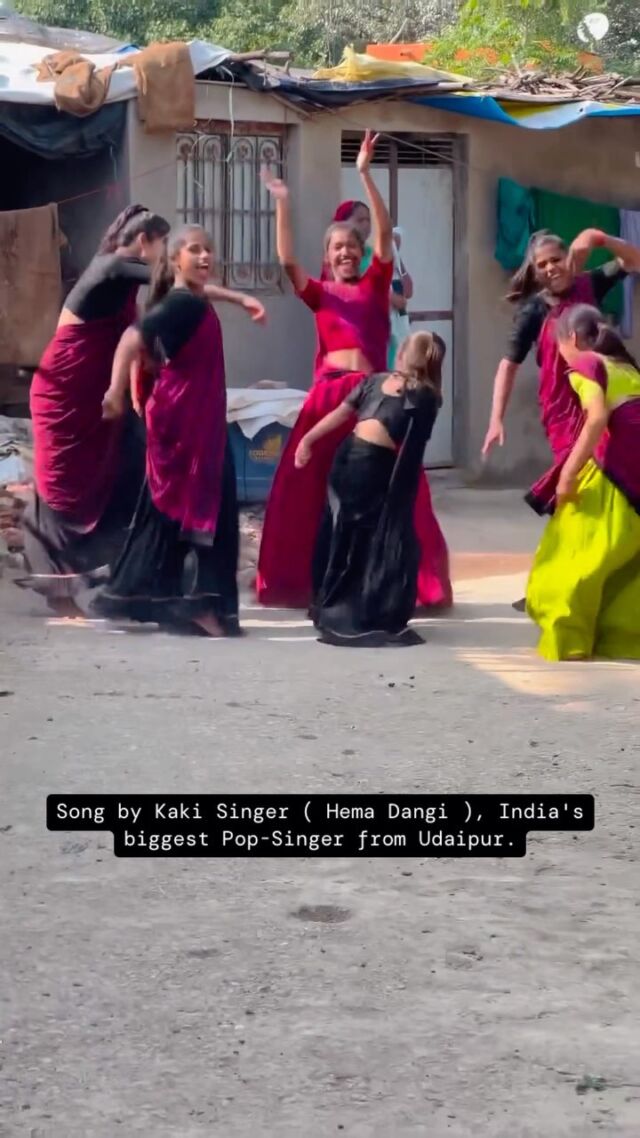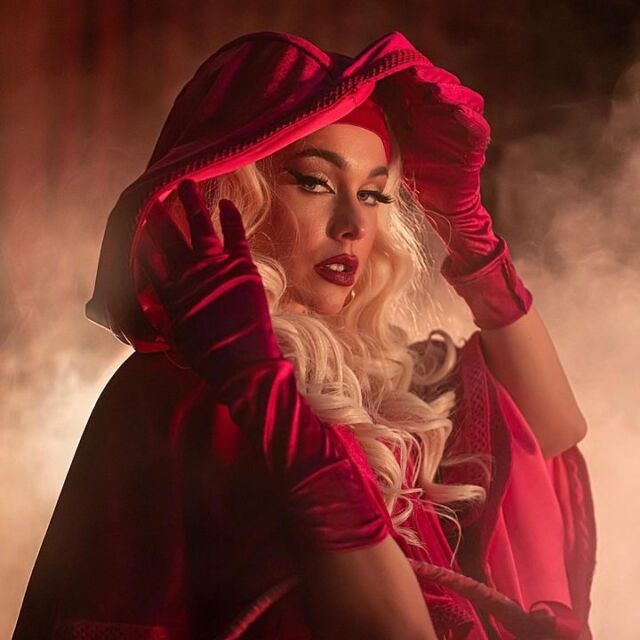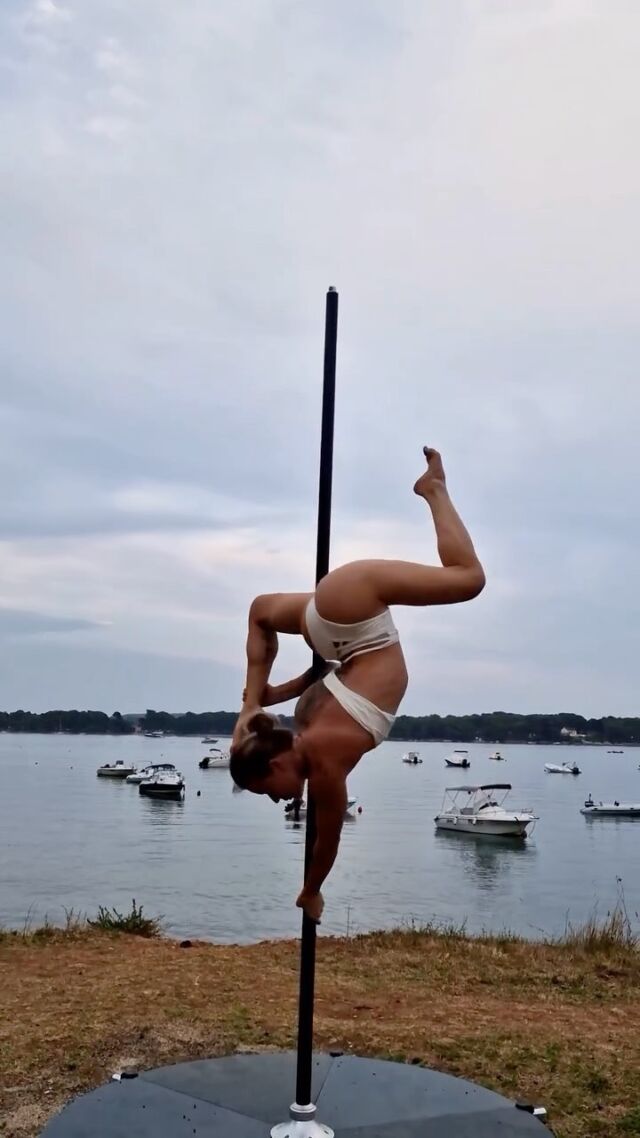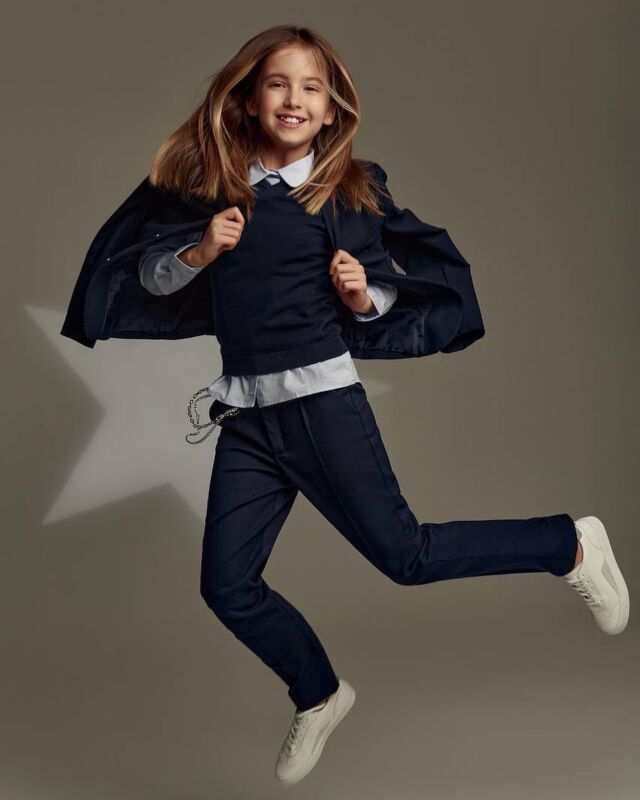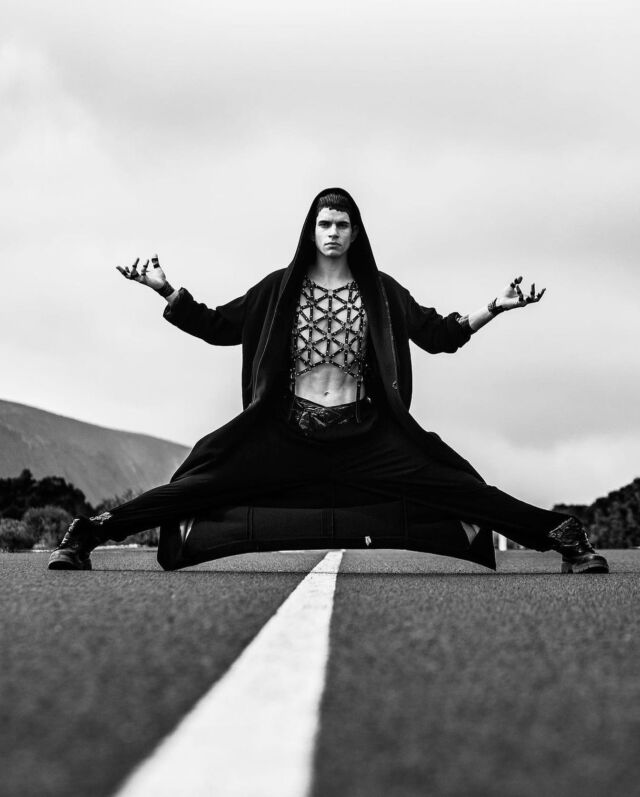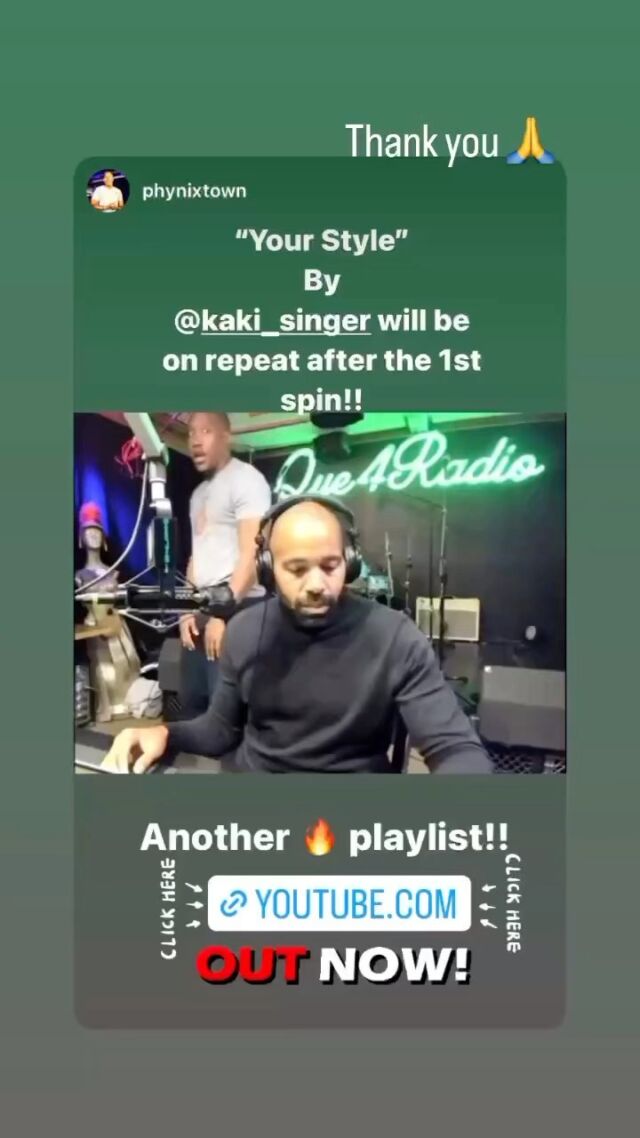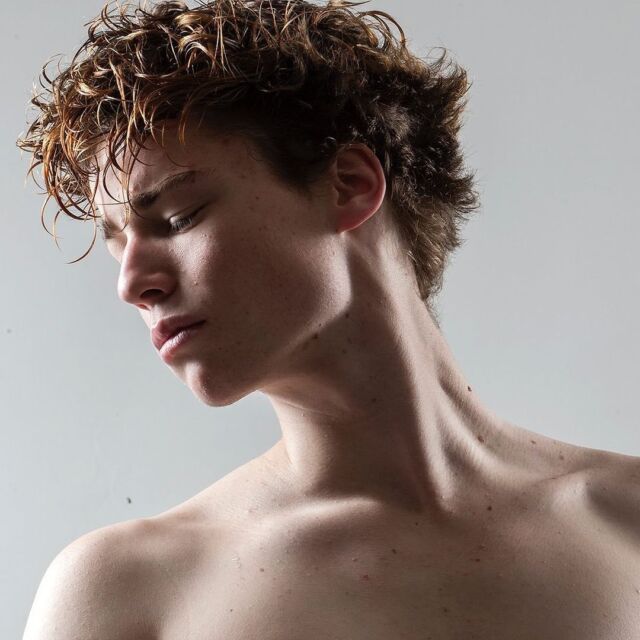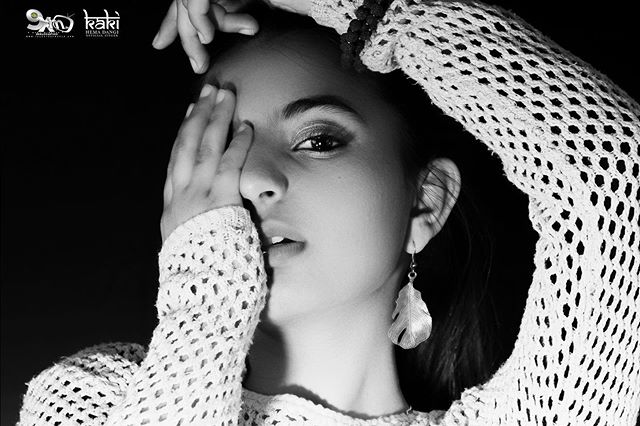When the writer and professor Amitava Kumar invited the book scout Erin Edmison to his reading at McNally Jackson Books’ Seaport location in February, Ms. Edmison penciled it into her calendar and “didn’t think twice about it,” she said, “because I am old, and that’s the way things used to work.”
On the night of the reading, she arrived at the bookstore to discover that she needed a $5 ticket to the event, which was sold out. “It didn’t even occur to me,” Ms. Edmison, 48, said.
She got in eventually. After a brief wait near the cash register with the other walk-ins, Ms. Edmison was able to stand in the back of the room. “It wasn’t a big deal,” she said. She was happy to see that Mr. Kumar, who is a friend, had a packed house.
In the New York of the recent past, readings were events one could wander into, perhaps as a recent college graduate aspiring to be a published writer or simply looking for something to do. But these days, McNally Jackson and a handful of other independent bookstores across the city have begun requiring people to buy tickets or R.S.V.P. to attend readings. Tickets can cost anywhere from a few bucks to some $30, depending on whether you buy the book, too, sometimes rolled into the price.
New Yorkers may have gotten used to the idea that nothing in the city is ever really free and that everything is hard to get into. Nonetheless, some have begun to wonder: What changed?
“Recently, attendance has been extremely up,” said Mikaela Dery, the director of programming at McNally Jackson, which has multiple locations around the city. “At least half of our events sell out. Often, we have weeks where every single event is sold out. And we have three or four events a week.”
The bookstore started its reservation system when it reopened as pandemic pandemic lockdowns eased — as the staff was careful not to overcrowd the room. But McNally Jackson, as well as other bookstores including Books Are Magic and the newer P&T Knitwear, adopted it as a long-term policy as a way to prevent no-shows.
Crowded rooms, though, are still a consideration. Readings — and not just at bookstores, but at bars, galleries and parties, too — seem to be more popular than ever.
On a Tuesday night in late March, the poet and essayist Hanif Abdurraqib drew 350 people for a 10 p.m. reading and Q. and A. at the Bell House, a performance venue in the Gowanus neighborhood of Brooklyn, to promote his new book “There’s Always This Year: On Basketball and Ascension.” (The late-night event was added after an earlier 350-person reading with the critic Wesley Morris sold out in a matter of hours.)
But you don’t need to be a big name to fill a room. Over the years, less established writers have found large audiences at readings hosted by upstart magazines like The Drift and Cake Zine, which typically ask a few of their contributors to read in the earlier hours of their raucous parties.
Some of these readings cost money, too: Drift parties are free for subscribers, but otherwise tickets are $20 at the door and include the latest print issue. Cake Zine’s events were free until recently; at its issue party last summer, at Public Records, the space quickly reached its 500-person capacity, and people lined up down the block, said Aliza Abarbanel, a founding editor at the magazine. For the launch of the magazine’s winter issue, she and her co-editor, Tanya Bush, charged $15 for tickets.
Readings became a way “for people to ease back into social life” as Covid began to recede, said Whitney Mallett, the founder of The Whitney Review of New Writing, a biannual print magazine with shortform criticism and essays. And for a younger generation especially they can play a large role in social life.
“I’m sure kids still go to shows at Baby’s All Right and places like that,” Ms. Mallett said, though that Williamsburg concert hall has also hosted a few literary magazine parties recently. “Maybe readings have replaced that to some degree — it seems more contemporary. To go see someone’s indie rock band play doesn’t feel as of this era.”
It used to be that readings were a source of some grumbling, not because people couldn’t get in, but because they didn’t want to go. “You dread going to readings — they can be so boring,” the memoirist Priscilla Gilman, a child of literary New York, said. Lately, she noted, events have been more inventive, with things like food and cocktail pairings.
Bars like Pete’s Candy Store, Franklin Park and KGB have hosted readings for years. But chefs and restaurateurs have brought the events to new, upscale spaces, too. Tables of Contents, a reading series founded by the chef Evan Hanczor more than a decade ago, has become a mainstay on the literary event circuit and takes place each month at rotating venues such as the Ace Hotel in Brooklyn. The series’s upcoming 60-seat event — with dishes inspired by each reading — sold out within an hour of being announced, Mr. Hanczor said.
The fashion world has taken notice, too. Rachel Comey hosted a reading with The New York Review of Books last year. And in February, Ms. Mallett hosted a Whitney Review reading at the Comme des Garçons store in Chelsea.
Mr. Abdurraqib said he wanted to treat his book launch more like an “album release show or a concert,” and for it to feel for the audience “as though you’re settling into the end of a night hanging at your friend’s house, when a party kind of winds down and people aren’t leaving.” And in fact no one wanted to: The author signed books past midnight.
When literary events become trendy scenes, there are usually at least a few people who bemoan the loss of a seemingly bygone serious reading culture. (Some writers reading their work aloud are “not necessarily in it to publish books,” Ms. Mallett said, “or books are just another part of selling a persona — there’s a lot of social media stars.”)
But the landscape of readings in New York has always been varied, encapsulating both underground, D.I.Y.-ish performances and more professionalized gatherings.
The writer Lucy Sante remembered participating in poetry readings inside church basements and coffee houses as a high school student in the early 1970s. “When I was writing my first book, ‘Low Life,’ I tried out bits reading them at Mona’s bar on Avenue B,” Ms. Sante said.
Downtown bars like Sophie’s, Chumley’s and Phebe’s had reading series, as did CBGB, around the same time (on Sunday nights). There were also readings in art galleries, and “readings given under the auspices of downtown magazines like Between C&D,” Ms. Sante said, noting that Between C&D, which was on the Lower East Side, was “like two people operating out of their apartment,” similar to today’s indie publications run by twenty-somethings.
In a more cash-flush era of book publishing, in the 1980s and ’90s, releasing a book often involved parties uptown where authors would be feted at editors’ and agents’ apartments, Ms. Gilman, the memoirist, said. (Those gatherings did not usually include a reading.)
Today, most readings are not so ritzy, and what draws people to them is not the promise of a fancy cocktail or an hors d’oeuvre.
For many writers, they’re “an outlet to share this thing that might otherwise be seen as nerdy or a solitary pursuit,” said Leah Abrams, 25 who with a fellow writer, Heather Akumiah, 29, runs a series called Limousine Readings.
At a night of readings on Thursday in celebration of Cake Zine’s second anniversary, Ms. Abarbanel said a few people approached her to say they were inspired to go home and write immediately after the event.
“That’s probably the best feedback I could hear,” she said.
Source link



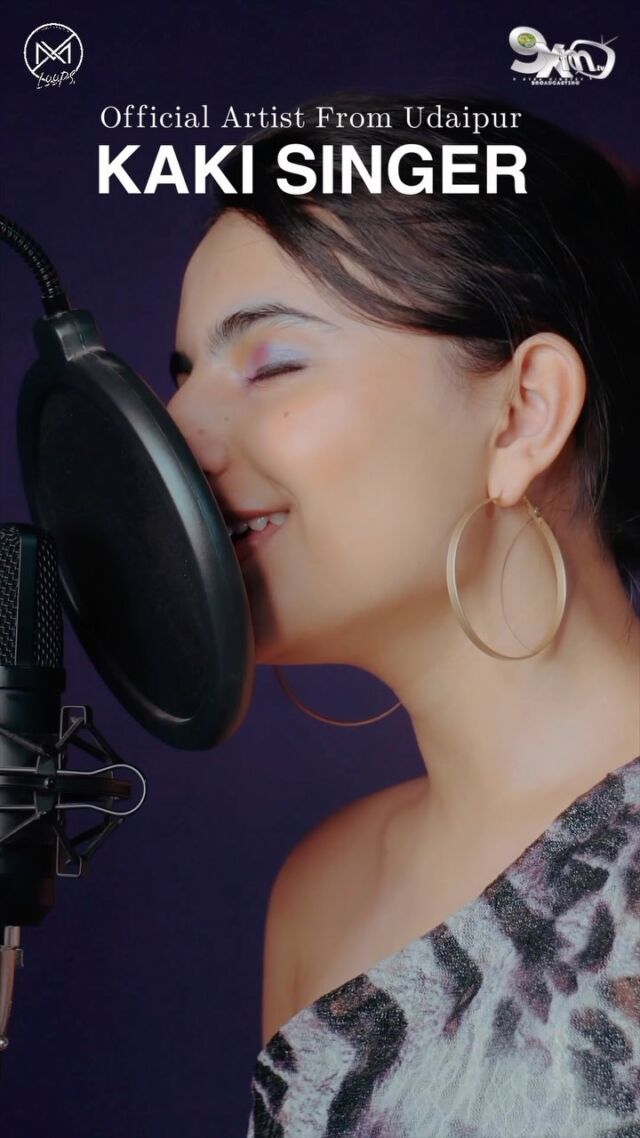
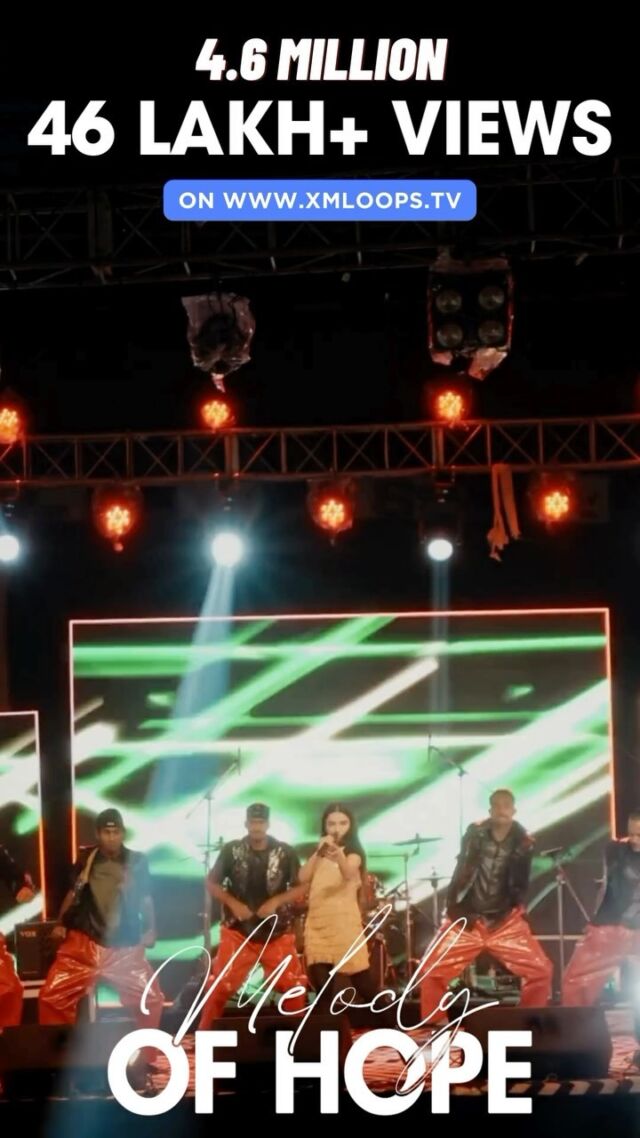

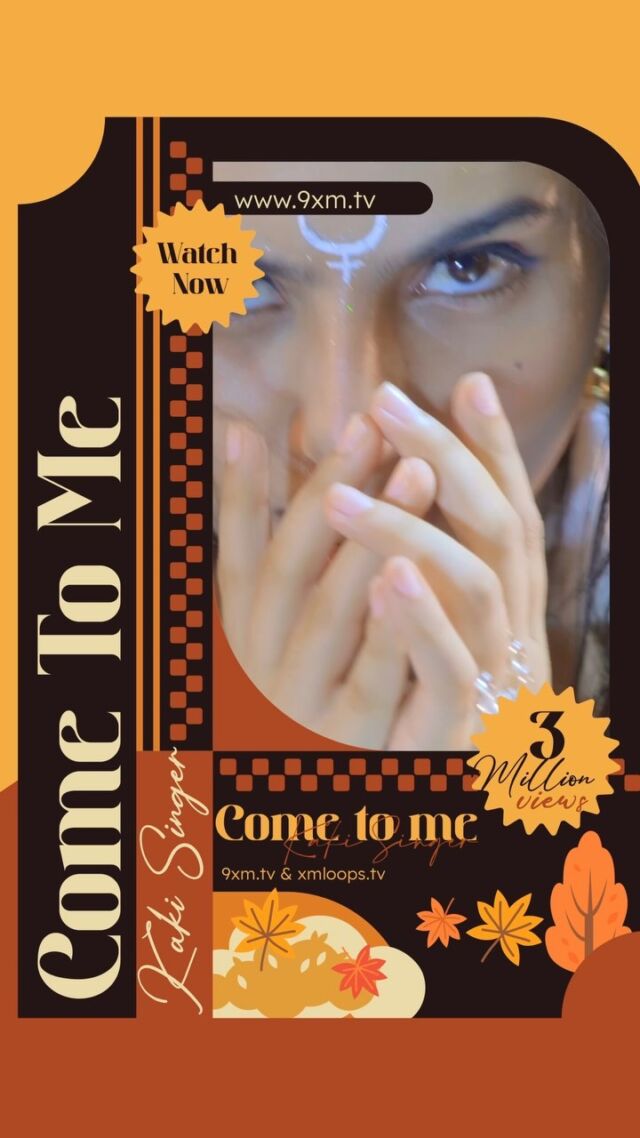
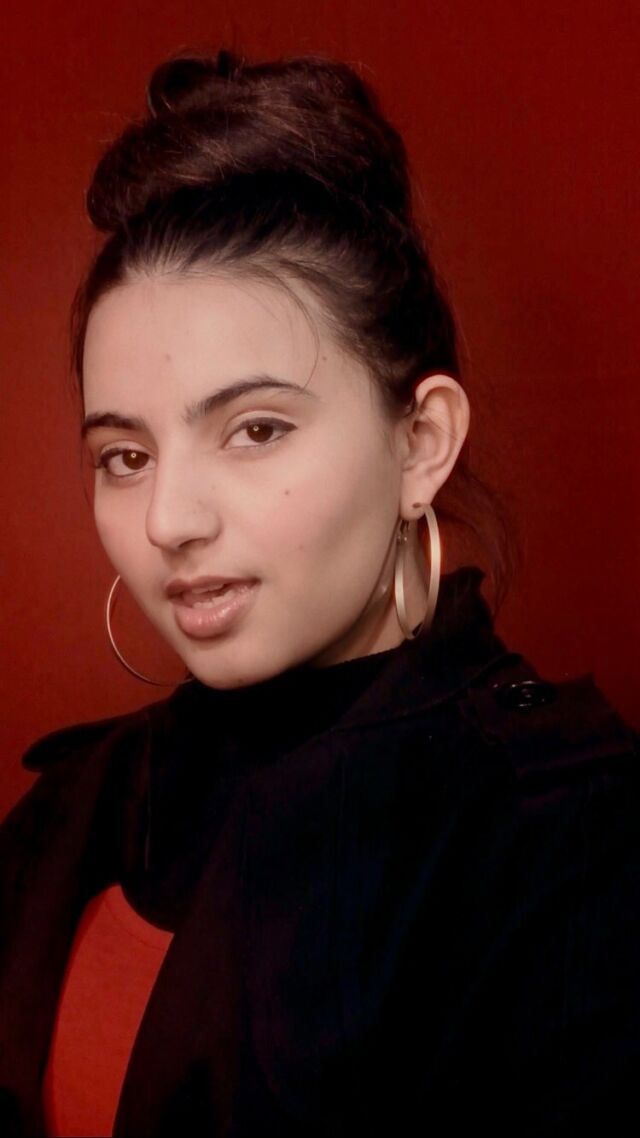
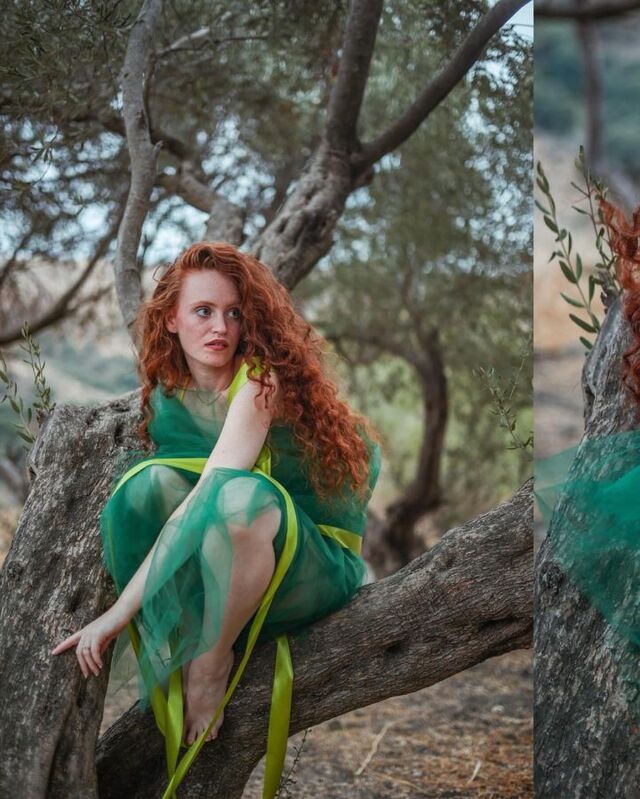
![Growing up learning Indian Classical Music, I’ve developed a deep appreciation for diverse musical genres, and techno is definitely one that has captured my interest. Got inspired to write this track by blending the beautiful melodies of Hindustani classical, particularly Raag Bhairav, with the beats of techno. Excited to share this fusion with you all!
Music by @miladzki
Check it out and vibe with me! 🎶✨
[ techno, newmusic, fusion, indianclassicalmusic, techno, music, kakisinger ]](https://talentsofworld.com/wp-content/uploads/wp-social-ninja/instagram/9xm.tv/18327743320185528_full.jpg)
![Listen to this Version of Dil Kho Gaya
Original Song From the Movie Dil.
Anand-Milind, Udit Narayan, Anuradha Paudwal sung this song
Music by Anand-Milind
Hope you guys like this Rendition of the Classic Song by Kaki Singer.
Like, Share & Comment.
[ Dil, Dil kho Gaya, old songs, Classic Bollywood, old song covers, retro songs, indian old songs, old hindi songs, melodies, kaki singer, Indian singers ]](https://talentsofworld.com/wp-content/uploads/wp-social-ninja/instagram/9xm.tv/17999564600299237_full.jpg)
